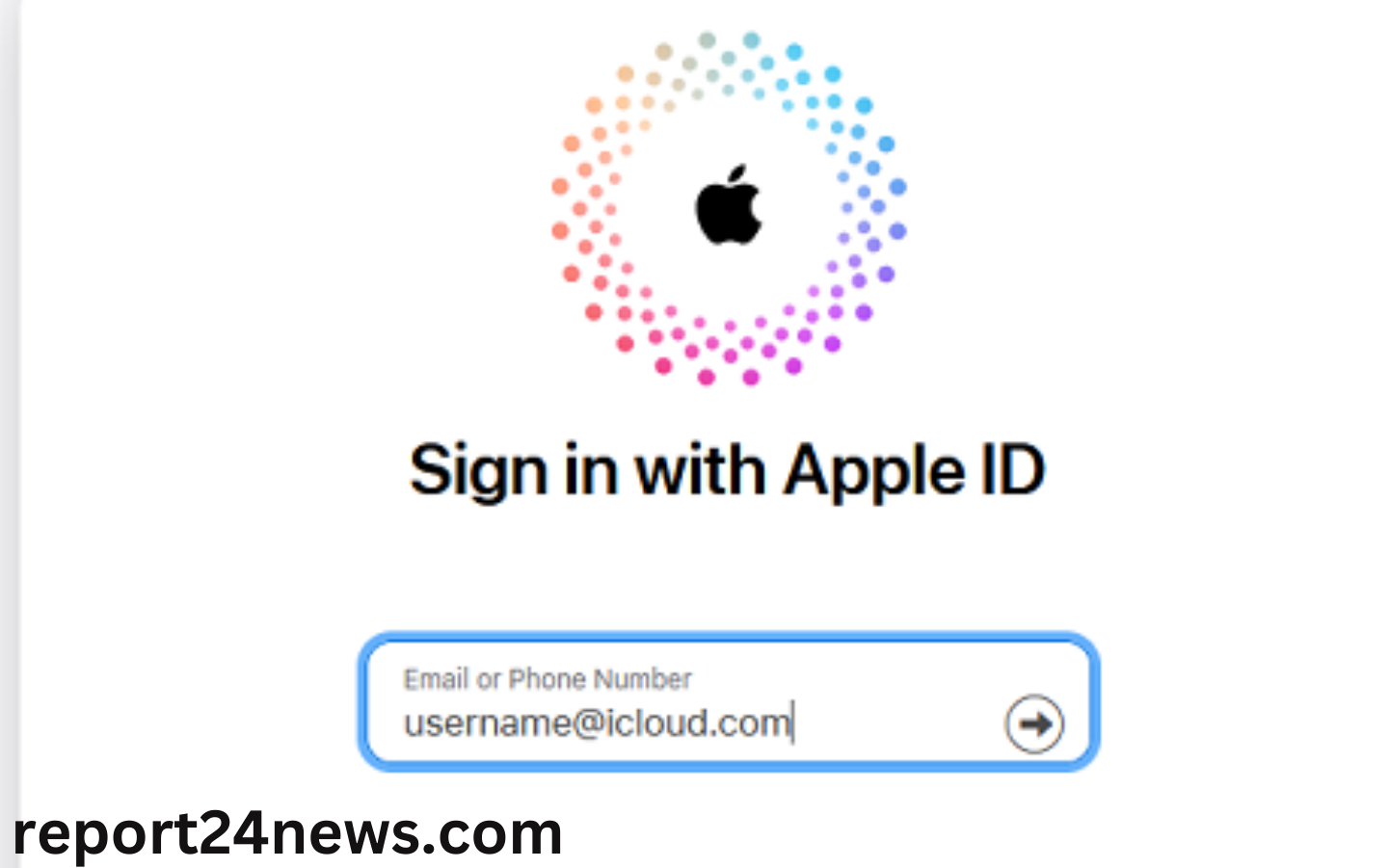In today’s digital world, staying connected and organized is more important than ever. Enter iCloud—a cloud service from Apple that not only keeps your data safely tucked away but also seamlessly synchronizes it across all your devices. Whether you’re backing up cherished photos, sharing documents with family, or accessing files on the go, iCloud does it all with ease. But what exactly is iCloud? How can you maximize its features? And what should you do when things don’t go as planned? If you’ve got questions about Apple’s cloud service, you’re in the right place. Let’s dive into everything you need to know about iCloud!
Read more The Ultimate Guide to Navigating Uber Eats: Tips and Tricks for Food Lovers
What is iCloud?
iCloud is Apple’s cloud storage and computing service designed to store your data securely online. It allows users to access files, photos, music, and more from any Apple device connected to the internet.
Launched in 2011, iCloud has evolved into a comprehensive solution for personal data management. It acts as a virtual vault where everything from documents to app data can be stored effortlessly.
What sets iCloud apart is its seamless integration with Apple’s ecosystem. Whether you’re using an iPhone, iPad, or MacBook, iCloud keeps your information synchronized across devices automatically.
You don’t need technical expertise to use it. With just a few taps in settings, you can start enjoying the benefits of this powerful service right away.
The Features and Benefits of iCloud
iCloud offers a seamless experience across all your Apple devices. This integration allows you to access your photos, documents, and apps from anywhere.
One standout feature is iCloud Drive. It functions like a virtual hard drive, storing files safely while keeping them accessible on any device.
Another benefit is automatic backups for your iPhone or iPad. You can rest easy knowing that important data gets saved regularly without lifting a finger.
Collaboration tools also shine in iCloud. Sharing documents with friends or colleagues becomes effortless through Pages, Numbers, and Keynote.
Moreover, Find My iPhone uses the cloud to help you locate lost devices quickly. It’s reassuring to know that assistance is just a click away when you’re in trouble.
The Family Sharing option brings everyone together by allowing shared access to purchased content and subscriptions—perfect for families wanting an organized digital life!
How to Set Up and Use iCloud
Setting up iCloud is a straightforward process. First, ensure that you’re using an Apple device with the latest software version. Then, navigate to your device’s settings.
Tap on your name at the top of the screen. If you don’t see your name, sign in with your Apple ID. Once logged in, select “iCloud.” Here lies a variety of options for syncing apps and data.
Enable features like Photos, Contacts, and Notes by toggling them on. This ensures all your vital information is safely stored in the cloud.
To access iCloud from other devices or browsers, visit icloud.com and log in with your Apple ID. You can view files or make changes anytime.
Remember to manage iCloud settings periodically for optimal performance and security adjustments tailored to your needs. Each feature enhances connectivity across all devices seamlessly.
Managing Your iCloud Storage
Managing your iCloud storage is essential for keeping everything organized and running smoothly. Apple offers 5GB of free storage, but many users find themselves needing more space.
Start by checking your current usage in the Settings app. Navigate to your name, then tap on “iCloud” and select “Manage Storage.” This will show you what’s taking up space.
Consider optimizing your backups. Instead of backing up everything on all devices, choose specific apps that matter most to you. It can save a significant amount of space.
Also, regularly delete files you no longer need. Photos and videos often consume a large portion of storage, so consider using features like “Optimize Storage,” which keeps smaller versions on your device while saving originals in the cloud.
If you’re consistently running low on space, upgrading to a paid plan might be the best option for seamless access across all devices.
Troubleshooting Common iCloud Issues
iCloud users may encounter a few common issues that can be frustrating. One frequent problem is difficulty syncing files across devices. Ensure all devices are logged into the same Apple ID and have iCloud enabled in Settings.
Another issue might involve storage notifications popping up unexpectedly. It’s essential to check your available space regularly. If you’re running low, consider deleting unnecessary backups or unused apps.
If you find yourself unable to access iCloud services, verify your internet connection first. A weak or intermittent connection can cause hiccups while trying to use cloud features.
Sometimes, an app might not back up correctly due to software glitches. Restarting the device often resolves these temporary problems.
If two-factor authentication isn’t working as expected, double-check your trusted phone numbers in settings to ensure they are correct and accessible for verification codes.
Alternatives to iCloud
If you’re exploring options beyond iCloud, several alternatives cater to different needs. Google Drive is a popular choice for those who favor collaboration and integration with other Google services. Its user-friendly interface makes sharing files easy.
Dropbox offers robust file synchronization features and works well across various platforms. It’s particularly favored by teams needing real-time collaboration on projects.
For users focused on privacy, pCloud provides strong security measures and an intuitive layout. Plus, it allows lifetime plans that can be more economical in the long run.
Microsoft OneDrive integrates smoothly with Windows devices and Office applications, making it ideal for business users who rely heavily on Microsoft products.
Mega stands out due to its emphasis on encryption and generous free storage space, appealing to those prioritizing data protection. Each option has unique strengths worth considering based on your personal or professional requirements.
Conclusion
iCloud serves as a powerful hub for Apple users, effortlessly connecting devices and safeguarding valuable data. With features that support everything from file storage to photo management, it truly enhances the digital experience. Whether you’re backing up your iPhone or sharing files with family members, iCloud makes these tasks seamless.
Setting it up is straightforward, allowing you to dive into its benefits quickly. Managing your storage can be done easily through settings, ensuring you always have space for what matters most. While occasional issues may arise, they are usually simple to troubleshoot.
For those who seek alternatives beyond Apple’s ecosystem, numerous options exist that cater to different needs and preferences. Exploring these choices ensures you find the best fit for your lifestyle.
Embracing cloud technology like iCloud not only simplifies organization but also offers peace of mind in an increasingly digital world. By understanding how it works and leveraging its capabilities effectively, you can harness the full potential of this invaluable service.




